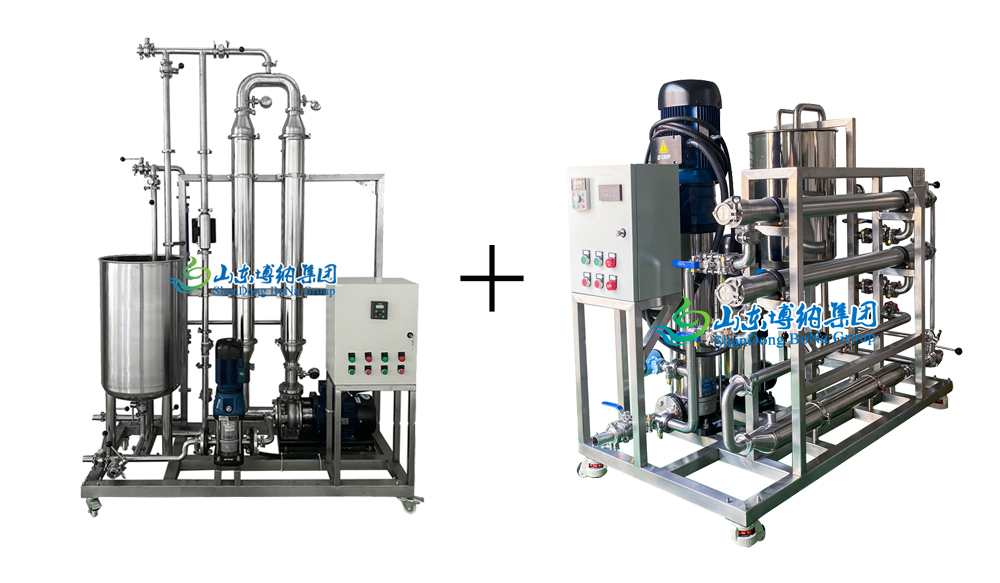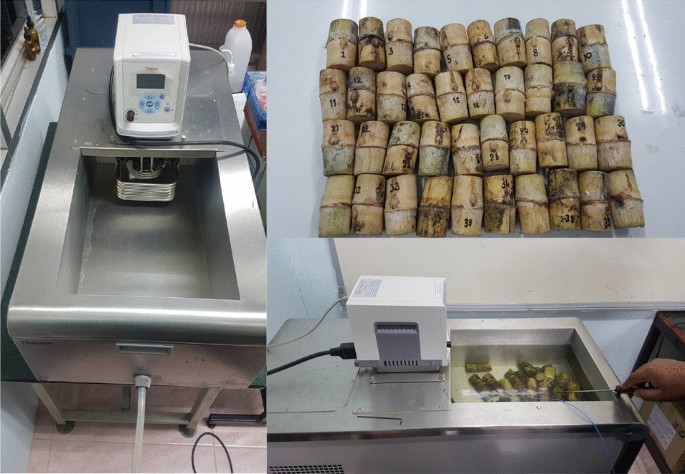Products From Sugarcane: A Cleaner Choice for Food Containers
Products From Sugarcane: A Cleaner Choice for Food Containers
Blog Article
Discover the Cutting-edge Advantages of Products From Sugarcane for Lasting Living
Sugarcane has become a pivotal source in the mission for lasting living. Its varied applications extend naturally degradable packaging, sustainable power, and much healthier food choices. As markets look for green alternatives, sugarcane's convenience uses encouraging options. Nevertheless, the true possibility of sugarcane prolongs past its present uses. Exploring its innovative benefits might reveal brand-new pathways towards a more lasting future. What various other possibilities might this impressive plant hold?

The Increase of Sugarcane as a Lasting Resource
As worldwide recognition of environmental concerns expands, sugarcane has emerged as a noticeable sustainable resource. This functional plant uses a variety of advantages that add to green techniques. Sugarcane is a sustainable resource, qualified of prospering in varied environments while soaking up carbon dioxide, thereby alleviating greenhouse gas emissions. Its fast development cycle enables constant harvesting, causing a constant supply of raw material.Additionally, sugarcane growing frequently calls for much less water compared to other plants, making it an efficient option in water-scarce regions. The by-products of sugarcane, such as bagasse and molasses, can be repurposed for various applications, minimizing waste and promoting circular economic situation concepts. Developments in agricultural techniques have led to more lasting farming approaches, better enhancing sugarcane's environmental account. As customers progressively seek lasting alternatives, sugarcane stands out as a feasible option for those committed to decreasing their ecological footprint.
Naturally Degradable Packaging Solutions
Just how can biodegradable product packaging remedies change the method customers come close to sustainability? By making use of sugarcane-based products, these ingenious options supply a compelling option to typical plastics. Naturally degradable packaging made from sugarcane decays normally, noticeably minimizing garbage dump waste and greenhouse gas exhausts. As consumers come to be progressively mindful of their ecological effect, the need for sustainable product packaging proceeds to rise.These sugarcane-derived items not only serve useful functions however also align with eco-conscious consumer values. They supply a substantial method for organizations and people to add to a circular economic situation, advertising source effectiveness and reducing environmental impacts. In addition, as sectors take on biodegradable alternatives, they foster a culture of sustainability that resonates with an expanding market seeking liable choices.In essence, naturally degradable product packaging options from sugarcane represent an important advance in sustainable techniques, empowering consumers to make ecologically friendly decisions without sacrificing comfort or top quality.
Renewable Power Generation From Sugarcane
A considerable portion of renewable resource generation can be acquired from sugarcane, showcasing its flexibility past standard farming usages. Sugarcane biomass, consisting of bagasse and leaves, is a powerful source for bioenergy manufacturing. This biomass can be exchanged biofuels such as ethanol, which functions as a cleaner choice to nonrenewable fuel sources. In addition, the combustion of sugarcane byproducts creates steam and power, offering an energy source for sugar mills and close-by communities.The farming of sugarcane additionally adds to carbon sequestration, as the plants absorb co2 during their growth cycle. By utilizing sugarcane for energy, waste is reduced, and lasting methods are urged. This renewable power method not only sustains power needs yet also promotes country advancement, creating work in bioenergy industries. In general, sugarcane attracts attention as an essential player in the change to lasting power services, aligning with international efforts to minimize carbon footprints.

Eco-Friendly Textiles and Fabrics
Environmentally friendly fabrics and textiles acquired from sugarcane offer an encouraging alternative to traditional products. These eco-friendly choices not just decrease ecological effect however likewise supply longevity and efficiency similar to standard fabrics. Lasting production procedures additionally boost their appeal, making them an integral component of a sustainable way of living.
Biodegradable Textile Alternatives
Why is the change toward naturally degradable fabric options essential for lasting living? The raising recognition of ecological destruction has prompted a look for choices to traditional textiles, which often add to contamination and waste. Naturally degradable textiles, acquired from renewable resources such as sugarcane, offer an encouraging solution. These products decay naturally, reducing garbage dump build-up and lessening ecological influence. In addition, they can aid reduced carbon footprints and dependence on nonrenewable fuel sources. As customers come to be extra eco-conscious, the need for sustainable fabrics expands, encouraging makers to introduce and spend in eco-friendly options. This adjustment not just supports lasting practices but also cultivates a circular economic situation, leading the way for a much more accountable strategy to fashion and fabric production.
Resilience and Efficiency
Resilience and efficiency are crucial variables when evaluating environmentally friendly fabrics and fabrics. Sugarcane-derived products show excellent stamina and resilience, making them ideal for different applications. These fabrics frequently show exceptional moisture-wicking homes, which improve comfort in everyday wear. In addition, their natural fibers add to breathability, ensuring that garments stay fresh and wearable also sought after problems. The performance of sugarcane-based materials encompasses their resistance to tear and put on, enabling products to keep their integrity gradually. Moreover, these environment-friendly textiles can be treated to enhance UV security and tarnish resistance, meeting the sensible demands of customers without endangering sustainability. Ultimately, sugarcane textiles use a harmonious balance of toughness and efficiency, interesting eco conscious people.
Sustainable Production Processes
The excellent longevity and performance of sugarcane-derived textiles are complemented by lasting production processes that focus on ecological obligation. These procedures utilize sustainable sources, decreasing reliance on nonrenewable fuel sources and reducing carbon impacts. By taking advantage of the spin-offs of sugarcane farming, suppliers can develop eco-friendly fabrics while advertising waste decrease. Advanced techniques, such as water-efficient dyeing and naturally degradable therapies, additionally improve the sustainability of these textiles. Additionally, making use of safe chemicals guarantees that the manufacturing process does not hurt communities or human wellness. This dedication to sustainability not only allures to eco mindful customers however also sustains local economic climates by advertising lasting agricultural methods. In general, sugarcane-derived fabrics represent a substantial step towards a greener future in the garment industry.
Sugarcane-Based Biofuels and Their Effect

Sugarcane-based biofuels have arised as a basics significant alternative power source, providing an eco-friendly solution to the world's growing power demands. These biofuels, originated from the fermentation of sugarcane juice or molasses, provide a more lasting option contrasted to nonrenewable fuel sources. Their manufacturing process creates lower greenhouse gas emissions, adding to environment change mitigation efforts.Additionally, sugarcane biofuels can enhance power protection by expanding energy sources and lowering reliance on imported oil. The growing of sugarcane also promotes rural growth, developing jobs and promoting regional economies.However, concerns relating to land usage and food competitors persist, as boosted biofuel production may affect food supply chains. Lasting farming methods are vital to stabilizing these guaranteeing and contending rate of interests that biofuel production does not weaken food protection. Generally, sugarcane-based biofuels stand for an encouraging method for a greener energy future, provided that their ecological and social effects are meticulously managed.
Healthier Alternatives: Sugarcane in Food Products
While many customers look for much healthier alternatives in their diets, sugarcane items offer a nourishing option to improved sugars and man-made sugar. Stemmed from the natural extraction of sugarcane juice, these items maintain vital nutrients, consisting of nutrients, that are frequently lost in processed sugars. Sugarcane consists of anti-oxidants and nutritional fiber, contributing to general health and wellness and wellness.Many health-conscious individuals are transforming to sugarcane syrup and jaggery, which offer a lower glycemic index compared to traditional sugars, making them suitable for those taking care of blood glucose levels. Additionally, sugarcane-derived sugar can boost the flavor of numerous meals without the adverse effects related to fabricated additives.This shift towards all-natural artificial sweetener not just advertises better dietary options however also straightens with sustainable living techniques, as sugarcane is a renewable energy. Consequently, sugarcane items are becoming desirable alternatives in the domain of foodstuff.
The Future of Sugarcane in Lasting Developments
The future of sugarcane is poised to include cutting-edge applications that extend beyond standard usages. Its prospective as a resource for eco-friendly product packaging services and renewable power resources highlights its duty in sustainable methods. Discovering these developments could considerably influence ecological conservation and resource monitoring.
Biodegradable Packaging Solutions
A raising variety of business are turning to eco-friendly packaging services derived from sugarcane as an appealing choice to conventional plastics. These cutting-edge materials, typically made from sugarcane fibers and bioplastics, disintegrate normally, reducing the long-lasting ecological impact linked with standard plastic waste. By making use of sustainable resources, Home Page sugarcane-based packaging contributes to a much more sustainable manufacturing cycle, straightening with global initiatives to fight pollution and environment change. In addition, these remedies frequently preserve the longevity and functionality needed for various applications, from food containers to shipping products. As consumer need for environmentally friendly choices grows, services taking on sugarcane product packaging not just enhance their brand picture yet additionally play a crucial function in promoting a round economic climate, paving the method for a greener future.
Renewable Resource Sources
Biodegradable packaging options are just one aspect of the more comprehensive capacity of sugarcane in advertising sustainability. An additional substantial application exists in sustainable energy sources. Sugarcane is a flexible plant that can be made use of to produce biofuels, such as ethanol, which works as a cleaner choice to fossil gas. The fermentation process of sugarcane juice returns ethanol that can power automobiles and create electrical power. Furthermore, the byproducts of sugarcane processing, like bagasse, can be used to create biomass power, providing a efficient and sustainable method to harness power. This double function as both a source of biofuel and biomass highlights sugarcane's capacity in decreasing carbon emissions and supporting a shift to an extra lasting power landscape in the future.
Frequently Asked Inquiries
How Is Sugarcane Collected Sustainably?
Sugarcane harvesting can be lasting via techniques like hands-on cutting, which reduces soil disruption, and using equipment that minimizes gas intake (Products From Sugarcane). Crop turning and incorporated insect administration even more improve environmental health and wellness and advertise lasting soil fertility
What Are the Environmental Effects of Sugarcane Farming?

Can Sugarcane Products Be Reused?
The concern of whether sugarcane products can be recycled exposes a positive overview. Lots of sugarcane-derived products, such as bioplastics and packaging, are developed for recyclability, adding to a more sustainable waste monitoring approach within environmental considerations.
Exist Any Type Of Downsides to Making Use Of Sugarcane-Based Products?
The downsides of making use of sugarcane-based items include prospective land use competition with food crops, challenges in large-scale manufacturing, and concerns concerning the ecological impact of monoculture farming practices, which can diminish biodiversity and soil wellness.
How Does Sugarcane Cultivation Affect Citizen Communities?
Sugarcane cultivation effects local neighborhoods by giving employment possibility and increasing local economies. It can also lead to land disputes and environmental problems, impacting agricultural techniques and area health, requiring a balanced method to growth. Innovations in agricultural methods have led to more lasting farming approaches, even more improving sugarcane's environmental profile. Furthermore, the combustion of sugarcane results creates steam and electrical power, supplying an energy source for sugar mills and neighboring communities.The farming of sugarcane additionally contributes to carbon sequestration, as the plants soak up carbon dioxide throughout their growth cycle. By utilizing sugarcane for power, waste is lessened, and lasting practices are motivated - Products From Sugarcane. Sugarcane includes anti-oxidants and nutritional fiber, contributing to total wellness and wellness.Many health-conscious individuals are turning see here to sugarcane syrup and jaggery, which supply a reduced glycemic index compared to conventional sugars, making them suitable for those handling blood sugar levels. Additionally, the results of sugarcane processing, like bagasse, can be used to create biomass power, using a sustainable and efficient technique to harness power
Report this page